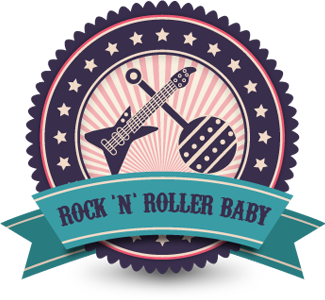How to Get Dead Hairs Out After Laser Hair Removal

Every good laser session ends the same way: the follicle is heat-damaged, the hair is “killed,” and your skin feels smoother than before. Yet seven to twenty-one days later you may notice stubborn stubble clinging to the surface. Those are dead hairs working their way out and they can look like fresh regrowth if you do not know the difference. Below is a practical, skin-safe guide to speeding up the shedding phase without undoing your results.
First, Understand What “Shedding” Really Means
When the laser’s light converts to heat inside the follicle the papilla detaches from its blood supply. The hair becomes a foreign object. Your body then pushes that lifeless strand upward over the next one to three weeks. Because the root is no longer active you are not shaving off a living hair—you are clearing debris.
What You Should NOT Do
Avoid tweezing in the first forty-eight hours. The treated area is still warm at a microscopic level and the extra trauma can invite bacteria or cause post-inflammatory hyperpigmentation.
Skip aggressive exfoliants like glycolic or salicylic acid for at least three days. Acids thin the stratum corneum and may trigger sensitivity.
Do not wax or sugar the area between sessions. Both methods remove the sheath that helps the laser find its target in the next round.
Gentle Ways to Help Dead Hairs Exit
Warm shower massage
Hop under moderately hot water and use the pads of your fingers to make slow circular motions. Steam softens keratin and the gentle pressure helps loosen hairs caught under the outermost layer.
Soft washcloth rub
Fold a cotton washcloth, wet it with lukewarm water, and lightly buff in small circles. Keep the pressure similar to polishing a delicate wine glass. Anything rougher risks friction burn.
Enzyme-based exfoliation
After seventy-two hours you can apply a papaya or bromelain enzyme mask once a week. Enzymes break down the glue between dead skin cells so the trapped hairs slide out naturally.
Moisturise with urea or lactic acid
A body lotion containing five to ten percent urea or lactic acid hydrates while dissolving flaky surface cells. Use nightly for the first two weeks post-treatment.
When to Shave
If visible hairs remain after the three-day mark shaving is fine. Use a fresh razor and a fragrance-free gel. Shave in the direction of growth to avoid irritation. Remember: you are trimming the protruding strand, not pulling from the root, so upcoming laser sessions stay effective.
Signs of Trouble
Persistent redness lasting longer than forty-eight hours
Pustules or yellow crusts indicating infection
Dark, raised bumps that hurt to touch
If any of these occur pause all exfoliation and consult a professional skin therapist.
Lifestyle Habits That Speed Shedding
Stay hydrated. Adequate water intake keeps cellular turnover humming.
Exercise moderately. Increased circulation delivers immune cells that clear debris faster.
Eat antioxidant-rich foods—think berries and leafy greens—to support skin repair.
Final Takeaway
Dead hairs after laser are a temporary and normal stage on the road to lasting smoothness. Combine patience with gentle mechanical or enzyme-based exfoliation, keep skin calm and moisturised, and your follicles will empty themselves right on schedule. Ready to plan your next session? Explore options for laser hair removal london and keep your aftercare routine on point for the best long-term results.

 Follow
Follow